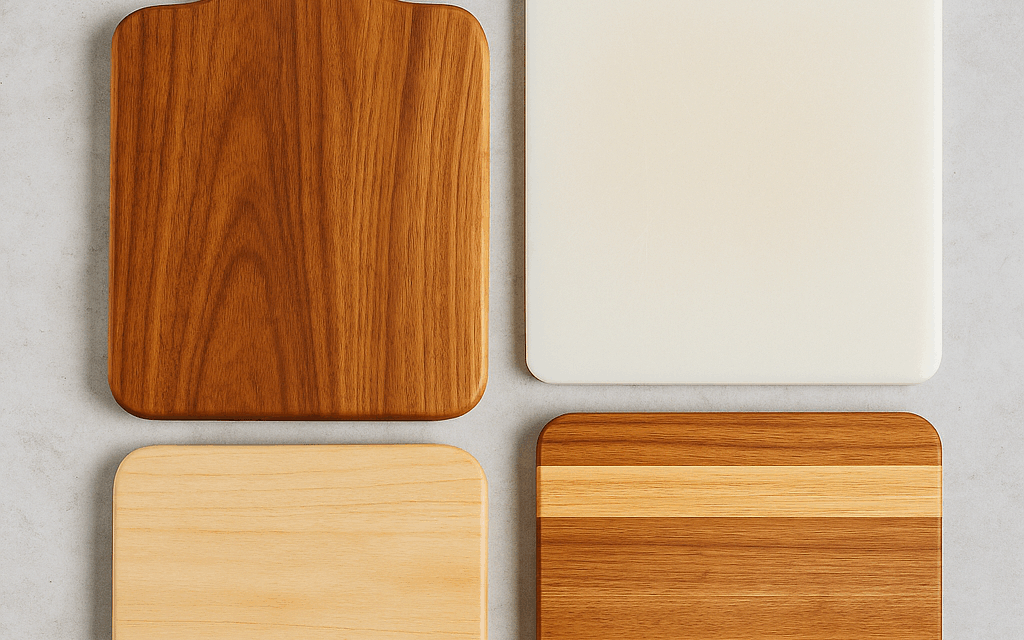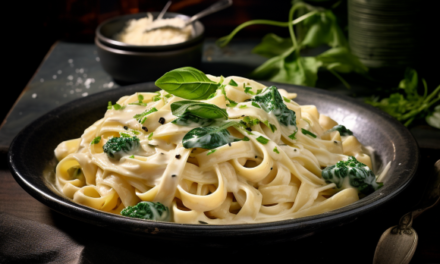The cutting board is one of the most frequently used tools in any kitchen, but it’s often overlooked when it comes to technique and safety. Using your cutting board correctly can make food prep more efficient, protect your knives, and keep your workspace clean and safe.
Start with stability. A cutting board that slips while you’re chopping is a major safety hazard. To prevent movement, place a damp paper towel or kitchen towel underneath the board to grip the counter. This simple step ensures that your board stays firmly in place, no matter how vigorously you chop.
Next, practice proper organization. Always use separate boards for raw meat and fresh produce to avoid cross-contamination. If you only have one board, wash it thoroughly with hot, soapy water between uses.
Material matters, too. Wooden and bamboo boards are gentle on knives and ideal for most cutting tasks, while plastic boards are best for meats since they can be easily sanitized in the dishwasher. Avoid glass cutting boards—they dull knives and increase the risk of slipping.
Finally, maintain your cutting board by cleaning it promptly and occasionally conditioning wooden boards with food-safe mineral oil.
By mastering these small habits—stability, organization, and maintenance—you’ll not only work more safely but also extend the life of your tools. Going back to cutting board basics ensures smoother prep, cleaner cuts, and a more efficient cooking experience.






